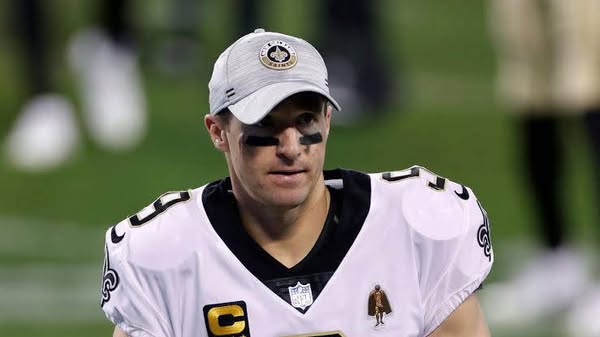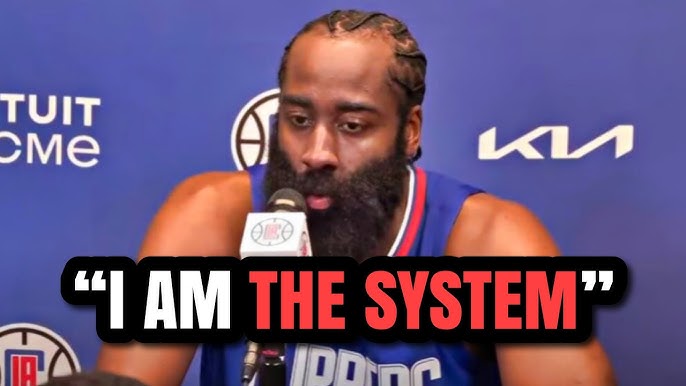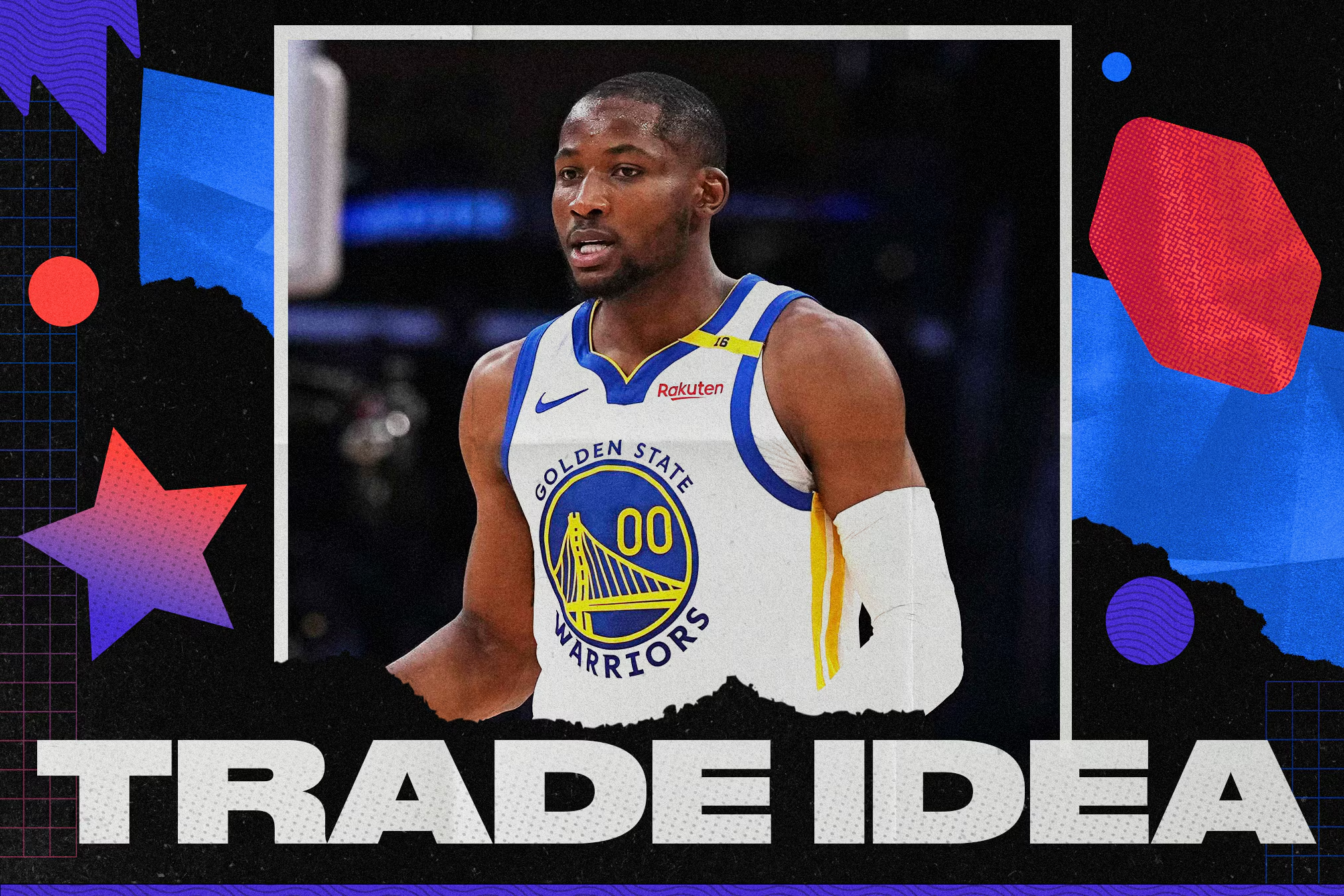
A Legacy Forged in Resilience and Excellence
Drew Brees arrived in New Orleans in 2006 as a free agent, carrying the weight of a career-threatening shoulder injury that led the San Diego Chargers to part ways with him. The Saints, a franchise still reeling from the devastation of Hurricane Katrina, took a chance on the quarterback, a decision that would alter the course of their history. Brees, alongside head coach Sean Payton, transformed the Saints into a powerhouse, delivering the city its first and only Super Bowl victory in 2010. The 31-17 triumph over the Indianapolis Colts in Super Bowl XLIV remains a defining moment, not just for the franchise but for a community seeking hope and renewal.
Brees’ statistical dominance is staggering. When he retired in 2020, he held the NFL record for career passing yards (later surpassed by Tom Brady) and completions, and he remains second in touchdown passes. He led the league in passing yards seven times, completion percentage six times, and touchdown passes four times, earning 13 Pro Bowl selections. His 74.4% completion percentage in 2018 stands as the single-season record, and he shares the single-game touchdown record with seven. These numbers only scratch the surface of his impact, as Brees’ leadership and precision elevated the Saints to perennial contenders.
The Heart of New Orleans
Beyond the numbers, Brees became the heartbeat of New Orleans. His arrival coincided with the city’s recovery from one of its darkest chapters, and he embraced his role as a unifying figure. Brees and his wife, Brittany, invested heavily in the community, supporting schools, hospitals, and rebuilding efforts through their Brees Dream Foundation. His pregame huddle chants, brimming with intensity and camaraderie, became a ritual that galvanized players and fans alike. As former teammate Chase Daniel noted, Brees was the ultimate leader, setting a standard of preparation and accountability that defined the Saints’ golden era.
The decision to immortalize Brees with a statue reflects his profound connection to the city. As Rob Gronkowski remarked during a recent partnership with Brees, “He’s basically the mayor there.” The statue, to be placed outside the Caesars Superdome, will stand as a testament to his role as an adopted son of New Orleans, a symbol of resilience and triumph for a city that rallied behind him.
A Franchise in Transition, Honoring Its Past
The announcement comes at a pivotal moment for the Saints. The team has struggled to find a successor to Brees, cycling through eight starting quarterbacks since his retirement, with a 31-37 record over four years. The current quarterback, Derek Carr, faces uncertainty due to a shoulder injury, and the franchise is in the midst of a coaching search following Dennis Allen’s departure. Amid this transition, honoring Brees serves as a reminder of the heights the Saints can achieve.
Brees himself has remained active in the Saints’ orbit, offering insights on the team’s future. He recently endorsed Aaron Glenn, the Detroit Lions’ defensive coordinator and former Saints player, for the head coaching role, praising his leadership and ability to inspire. Brees also expressed optimism about young quarterbacks Spencer Rattler and Jake Haener, suggesting a competitive offseason could spark a revival. His continued involvement underscores his enduring commitment to the franchise.
A Statue for the Ages
The statue’s design remains under wraps, but it’s expected to capture Brees in a moment of iconic brilliance—perhaps mid-throw, exuding the focus that defined his 15 seasons with the Saints. Set to be unveiled in 2026, coinciding with Brees’ likely induction into the Pro Football Hall of Fame, the statue will join other tributes to his legacy, including his 2024 induction into the Saints Hall of Fame. Fans are already buzzing with anticipation, with posts on X calling Brees a “top-10 quarterback of all time” and celebrating the “greatest signing in NFL free agency.”
As New Orleans prepares to host Super Bowl LIX, the spotlight on Brees intensifies. His statue will not only honor a player but also a chapter of Saints history that brought joy, pride, and a championship to a city that needed it most. For fans, it’s a chance to relive the glory days and dream of a future where the Saints once again soar under the shadow of their greatest hero.



